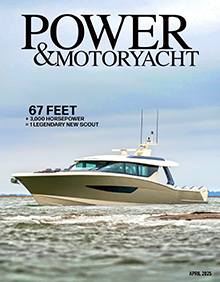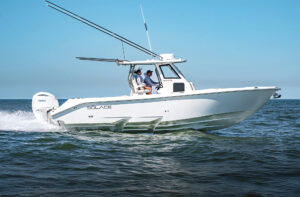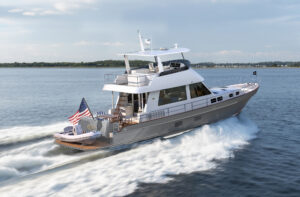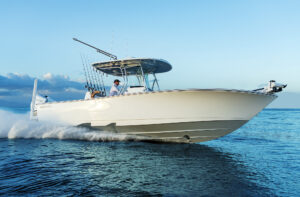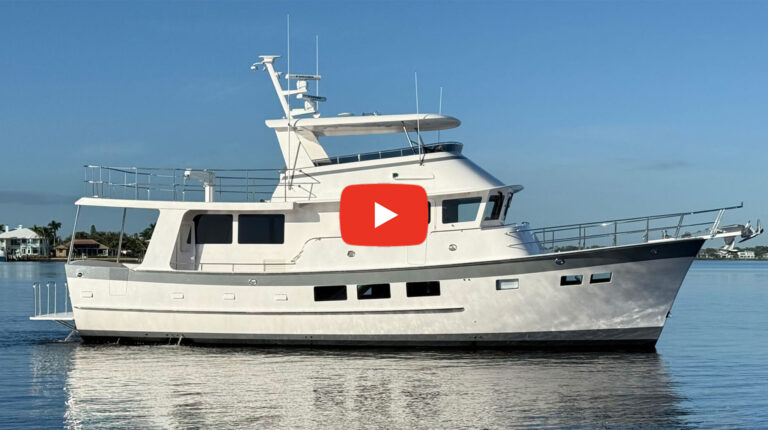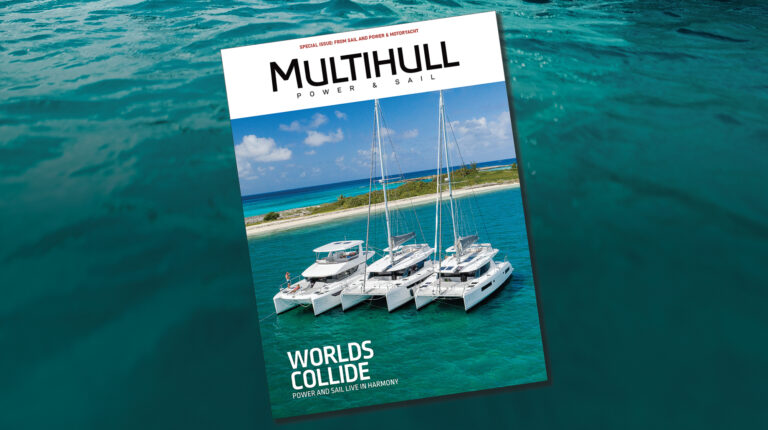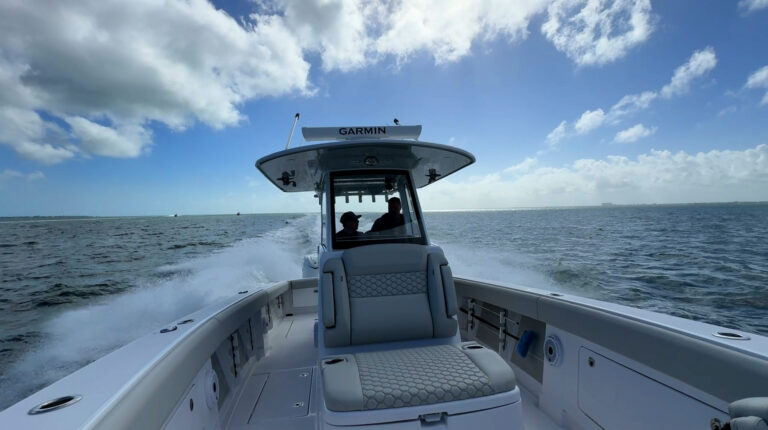The ABCs of Marine Batteries
You need to know the differences between battery types before you can pick the right setup for your boat.
I recently received an e-mail from a reader who said that while he liked this column and looked forward to it every month, he also viewed it with trepidation because every time he finished one task he found he had more things to add to his to-do list. For his benefit and that of other harried readers I offer this column as a Christmas present. I promise it will be informational only and contain no maintenance tasks whatsoever.
The subject is marine batteries. This may not seem terribly exciting at first glance. Most of us give little thought to our batteries until they don’t work. Fortunately that’s rare. Marine batteries are remarkably durable and reliable, but like old soldiers, they eventually fade away. When they do, knowing some battery basics can help you pick the best replacement.

Let’s start with the various application types. There are two: starting (or cranking) and deep-cycle. Starting batteries are designed to provide a big jolt of electrical power (or amperes) for a short period of time, then be quickly recharged. Deep-cycle batteries are built to supply a limited number of amps over a longer time and then be recharged more slowly. You can use a deep-cycle battery to start an engine and a cranking battery to supply electrical gear, but the cranking battery won’t provide power for as long, and the deep-cycle battery won’t crank your engine as fast or as long. And if repeatedly misapplied like this neither battery will live as long.
A battery’s ability to crank an engine is indicated by its cold cranking amps (CCA), the amount of juice delivered at a specific temperature, usually 32 degrees Fahrenheit. Since few pleasure boats operate near freezing, CCA is valuable mainly for comparison, and most people just use the amp-hour rating. Diesel engines require batteries with more amp-hours because they have much higher compression ratios, which make them harder to crank.
Generally a battery should be recharged like it is discharged. Hence a cranking battery is quickly recharged while a deep-cycle battery can take hours. Fortunately, most boats now have “smart” battery chargers, which automatically apply the correct charge rate.

In terms of construction, virtually all marine cranking and deep-cycle batteries use a combination of lead plates and sulfuric acid (electrolyte) to store electrical energy in liquid form. There are three common types of lead-acid batteries: flooded (or wet cell), gel cell, and absorbed glass mat (AGM). Flooded batteries have a plastic case with a series of cells inside each containing a grid of lead plates surrounded by electrolyte. At the top of the battery are a series of holes through which you can add liquid (in the form of distilled water) as needed.
Wet-cell batteries are cheaper and more tolerant of inaccurate charging, but if their case is breached caustic electrolyte will leak out. Moreover, those holes on the top allow oxygen and hydrogen gas, byproducts of charging, to escape, so the area around the battery must be well ventilated. Finally, those lead plates are typically supported only at either end, which makes them vulnerable to fracture if the battery is subject to pounding, say in a rough sea.
Both gel cells and AGMs are examples of valve-regulated lead-acid (VRLA) batteries. Commonly referred to as a sealed or maintenance-free battery, they are not open to the outside and neither allow for, nor require, the addition of liquid. (Actually they are not truly sealed; there is a pressure-release valve that may open to release a small amount of gas during charging.) In gel cells sulfuric acid is mixed with silica dust creating a gelatinous mass that won’t flow in the event of a case breach. This also means they can be stored and installed in any position and that they are tolerant of extreme temperatures.
In AGMs electrolyte is held in mats containing very thin glass fibers that provide enough surface area to retain the required amount of liquid. (Despite the AGM nomenclature, the fibers do not actually absorb the electrolyte, just retain it, which is why they also won’t leak in the event of case damage.) These mats can be in any shape, and their construction makes them resistant to vibration, which is why they’re often used in auto racing.
VRLAs give off significantly less gas than wet-cells, so they do not require extensive ventilation. (Although they still must be ventilated, for reasons already noted.) They can dispense a charge at a higher rate than flooded batteries and also recharge more quickly—by some accounts, up to three times faster—because they convert less energy into heat. VRLAs self-discharge much more slowly than flooded cells and can continue to dispense a charge even if submerged. And yes, they’re maintenance-free: You never have to check their electrolyte level.
Since both gel cells and AGMs are available in both cranking and deep-cycle configurations, aren’t these two the obvious choice for boats? Not necessarily. First, they are roughly twice as expensive as wet cells. They also don’t tolerate overcharging as well as flooded batteries, a disadvantage generally obviated by a smart charger. Both Trojan Battery (www.trojanbattery.com) and MK Battery (www.mkbattery.com) offer excellent comparisons of wet-cell and VRLA batteries on their Web sites.
Of course, wet-cell batteries require more attention than VRLAs, but all batteries must be securely mounted, ventilated, and kept clean. But then that qualifies as maintenance, and as I promised, I will not go there. Merry Christmas.

